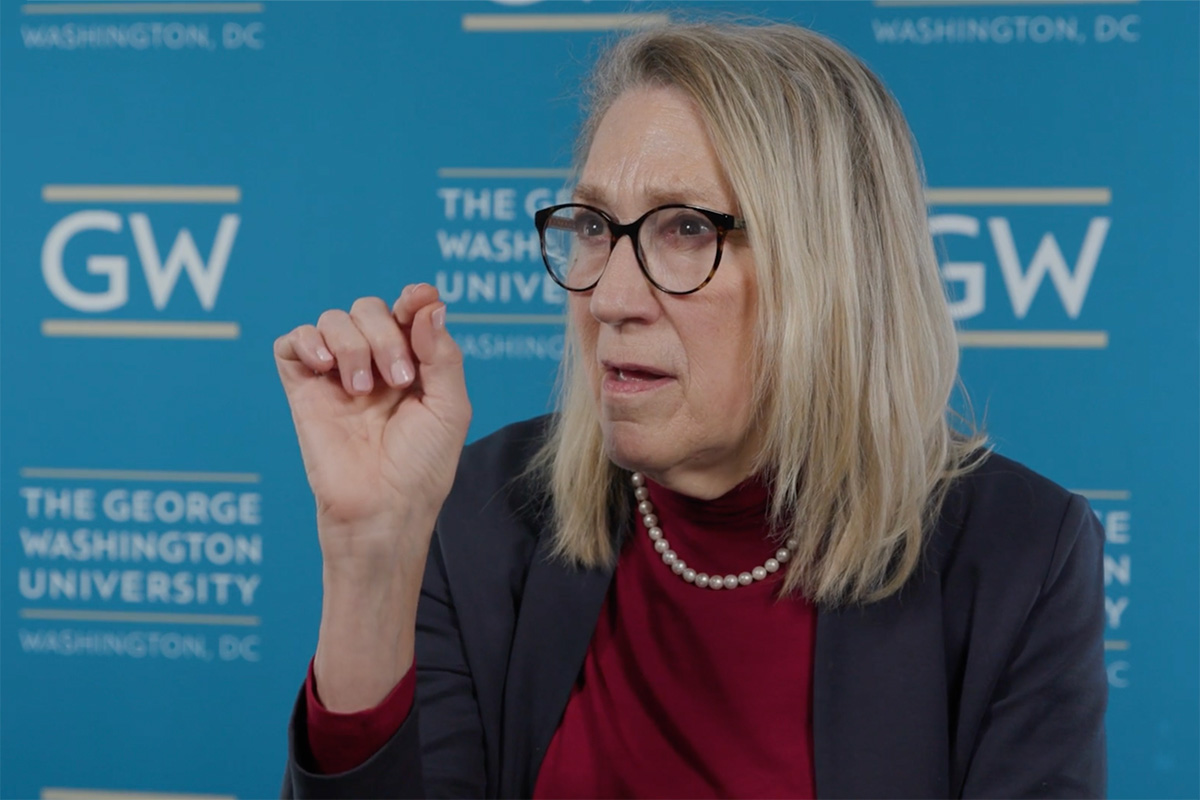Q: What should people know about the new COVID-19 EG.5 variant?
A: This is a relatively new World Health Organization-designated variant of interest, joining with some of the other currently circulating Omicron subvariants such as XBB.1.16 and XBB.1.5. EG.5 seems to be outcompeting the XBB subvariants and rising as a share of infections. There's no evidence that EG.5 or the XBB subvariants cause any different or more severe clinical disease than any of the other subvariants that we've seen since Omicron emerged in November 2021. They all behave the same clinically, but each subsequent subvariant that emerges is just a bit more infectious than the last.
Q: An updated booster shot is supposed to be available by the beginning of October. If someone got a booster recently, will it still be good?
A: Yes. The bivalent booster is not tailored to the currently circulating subvariants, but it will help keep you from getting severe disease, which is really the main benefit that we get from these boosters. They have a short-lived ability to prevent us from getting infected, but a long-lasting ability to protect us from severe disease, to keep us from dying of COVID. That’s our main expectation of COVID boosters.
Q: Should people wait for that booster, or just get a booster now?
A: As of this moment, I would say most people should wait for the booster, which is an XBB.1.5 booster—the exception being if you are high-risk, didn't get a spring booster, didn't get recently infected with COVID and are planning to travel before the next booster is available, or if you have some other anticipated high-risk situation before the new booster becomes available. However I think for most people it'll just be a few more weeks until that booster is available and it will more closely match the circulating subvariants, although it won’t be perfect. There's no way that COVID vaccines can really keep up with the relatively rapid evolution of these subvariants. But the vaccine will provide protection against EG.5, FL.1.5.1 and the XBB subvariants that are circulating.
Q: What should the GW community know about a possible surge in cases this fall?
A: Right now we’re actually in a bit of a COVID wave. It’s evidenced by increased hospitalizations, wastewater surveillance, and, in places that track them, by infection rates. Deaths remain lower than they were in past years, but in terms of what will happen this winter, another wave is likely in the winter, which makes a fall bivalent booster well timed. Most people have had COVID, have been vaccinated or both. The implication of that is that the rate of severe disease from a winter wave would likely be proportionately lower than in the past. In addition, we have treatments that, if taken early in the course of the disease, are effective at preventing progression such as Paxlovid, and the three daily infusions of Remdesivir.
Q: Should you get the annual flu vaccine and the COVID booster at the same time?
A: Yes. It is absolutely fine to get the two vaccines together, administered in separate sites or one in each arm. I will do so myself when the booster becomes available.
Q: How can you tell the difference between COVID and the flu?
A: That’s a great question, because COVID and influenza have similar symptoms. The symptoms include fever, congestion, cough, sore throat, sneezing, and body aches. There's so much overlap that the only way to tell the difference is by testing. And testing is important because treatment for each virus, for COVID or influenza, is effective only if it’s started within the first few days of symptoms. By the way, people can develop more than one respiratory viral infection at the same time. There's no biological rule that you can only have one viral infection at a time. If you develop respiratory virus symptoms, you should stay home from work, wear a mask and isolate from others to avoid spreading the infection. Whether you have COVID, influenza or another viral infection, your behavior is what determines whether you transmit the infection to others or not.
Q: What’s the best way for members of the GW community to stay protected?
A: I recommend that everyone get a COVID booster this fall or four months after the last booster and get an influenza vaccine. Another way for members of the community to stay protected is masking indoors when there is a high density of people. In addition, I recommend people use high-quality masks in health care settings, whether they are there as patients or as health care personnel.
Q: Anything else readers should know?
A: I think there is some interest in another Omicron subvariant called BA.2.86. It’s been identified in a few people around the world, including the United States, and in wastewater in the United States. It has not, to my knowledge, been identified in the D.C. area. Its spike protein has more than 30 new mutations. BA.2.86 is an offspring of the BA.2 that circulated in 2022. Scientists think that its many mutations may enable immune escape, which means that it could cause reinfections or evade the immunity that people get from vaccination. So it's a potentially notable subvariant for those reasons. What we don't know is whether it will have any growth advantage over other variants and circulate widely, or whether it will remain limited in scale.



